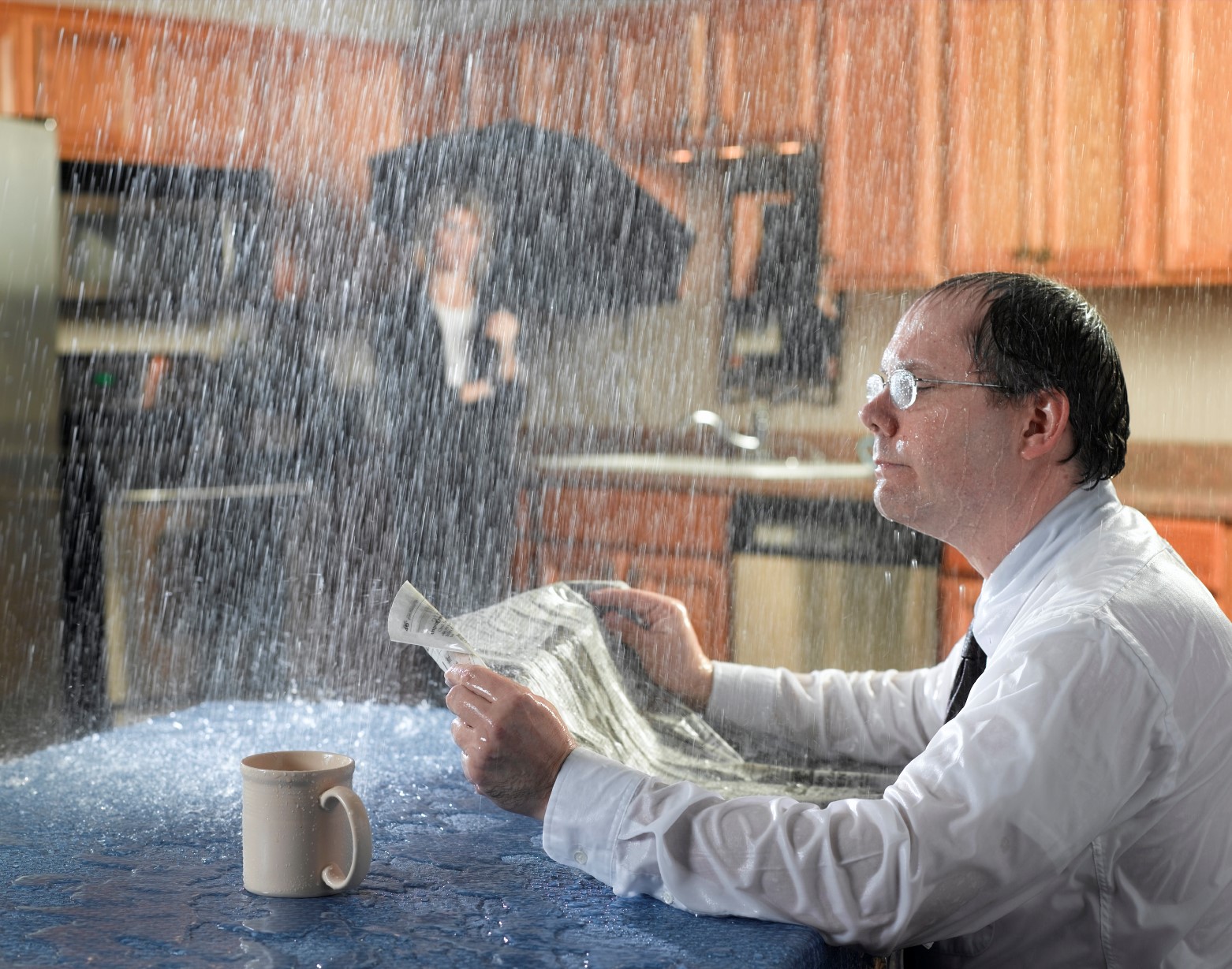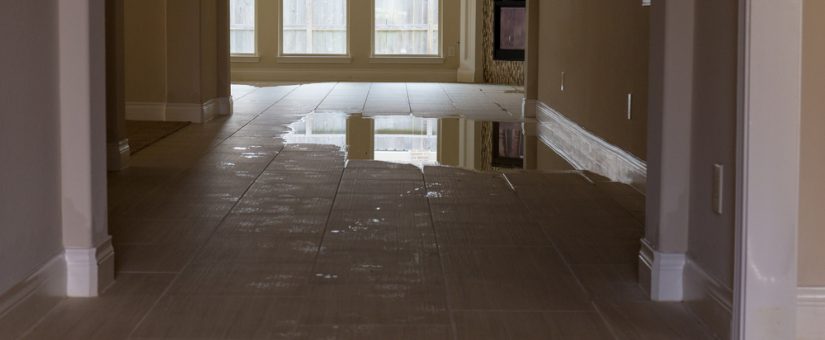Discover Common Causes Leading To Water Leak Issues Within Your House
Discover Common Causes Leading To Water Leak Issues Within Your House
Blog Article
This great article following next on the subject of Most Common Causes of Leaky Pipes is especially motivating. Don't miss out on it.

Leaks not only trigger waste of water yet can likewise create unnecessary damages to your home and also advertise undesirable organic development. Unfortunately, water leakages might go undetected given that a lot of the pipework in our residence is hidden. By looking as well as understanding for daily situations that cause leakages, you can protect your house from future leakages and also unneeded damages. Today, we will certainly take a look at six leak creates that may be causing your pipes to drip.
Elbowing in origins
The majority of water leakages start outside the house rather than inside it. If you see a sudden decline in water pressure, say in your tap, require time to head out as well as examine your backyard. You could notice wet patches or sinkholes in your backyard, and that could suggest that tree roots are attacking water lines creating water to permeate out. You can have your plumber check for invasion, specifically if you have trees or hedges near your residential or commercial property.
Rusty water supply
This may be the reason of staining or warping on your water pipelines. If our plumbing system is old, consider changing the pipes given that they are at a greater danger of deterioration than the more recent designs.
Malfunctioning Pipe Joints
The point at which your pipes connect is often the weakest link in the waterline. Pipe joints can deteriorate gradually, leading to water leaks. The bulk of pipeline joints are not easily visible. If you have noisy pipelines that make ticking or banging noises, specifically when the hot water is turned on, your pipe joints are probably under a lot of stress. It is suggested to have your plumber examine your system once a year.
Instantaneous temperature level changes.
Severe temperature changes in our pipes can cause them to expand and contract unexpectedly. This expansion and tightening might create fractures in the pipes, particularly if the temperature level are below freezing. If you kept an eye on how your plumbing functions, it would be best. The existence of the formerly mentioned conditions frequently suggests a high threat.
Poor Water Connectors
At times, a leak can be brought on by loosened pipes and pipelines that provide your home appliances. Typically, moving is what creates the loosened water Links. You may discover when it comes to a cleaning device, a hose pipe might spring a leak because of shaking throughout the spin cycle. In case of a water links leakage, you might discover water running directly from the supply line or pools around your home appliances.
Clogged Drains
Obstructed drains pipes may be annoying and also inconveniencing, however they can sometimes wind up triggering an overflow resulting in break pipes. Keep getting rid of any materials that might go down your drains pipes that could obstruct them to avoid such aggravations.
All the above are reasons for leaks but not all water leakages result from plumbing leaks; some leakages may come from roof leakages. All leakages must be fixed immediately to stay clear of water damages.
Leakages not only trigger waste of water however can also create unnecessary damage to your home and also promote undesirable organic growth. By looking as well as recognizing for everyday situations that cause leakages, you can secure your house from future leaks and unneeded damage. Today, we will look at 6 leakage causes that might be triggering your pipes to leak.
At times, a leakage can be caused by loosened hoses as well as pipelines that supply your devices. In case of a water links leak, you may observe water running straight from the supply line or pools around your appliances.
How To Check For Water Leak In Your Home
How To Check for Leaks
The average household's leaks can account for nearly 10,000 gallons of water wasted every year and ten percent of homes have leaks that waste 90 gallons or more per day. Common types of leaks found in the home are worn toilet flappers, dripping faucets, and other leaking valves. These types of leaks are often easy to fix, requiring only a few tools and hardware that can pay for themselves in water savings. Fixing easily corrected household water leaks can save homeowners about 10 percent on their water bills.
To check for leaks in your home, you first need to determine whether you're wasting water and then identify the source of the leak. Here are some tips for finding leaks:
Take a look at your water usage during a colder month, such as January or February. If a family of four exceeds 12,000 gallons per month, there are serious leaks.
Check your water meter before and after a two-hour period when no water is being used. If the meter changes at all, you probably have a leak.
Identify toilet leaks by placing a drop of food coloring in the toilet tank. If any color shows up in the bowl after 10 minutes, you have a leak. (Be sure to flush immediately after the experiment to avoid staining the tank.)
Examine faucet gaskets and pipe fittings for any water on the outside of the pipe to check for surface leaks.
Undetected water leaks can happen without the home or business owner even realizing. If you suspect a water leak, but not able to find the source. It is time to contact a professional water leak detection service, The Leak Doctor.
How To Find a Water Leak In Your Home
https://www.leakdoctor.com/blog/How-To-Check-For-Water-Leak-In-Your-Home_AE197.html

We had been made aware of that editorial about Most Common Causes of Leaky Pipes through a good friend on another web address. Enjoyed reading our piece? Please share it. Let other people locate it. I recognize the value of reading our article about Common Water Leaks In House.
Quality commitment here. Report this page